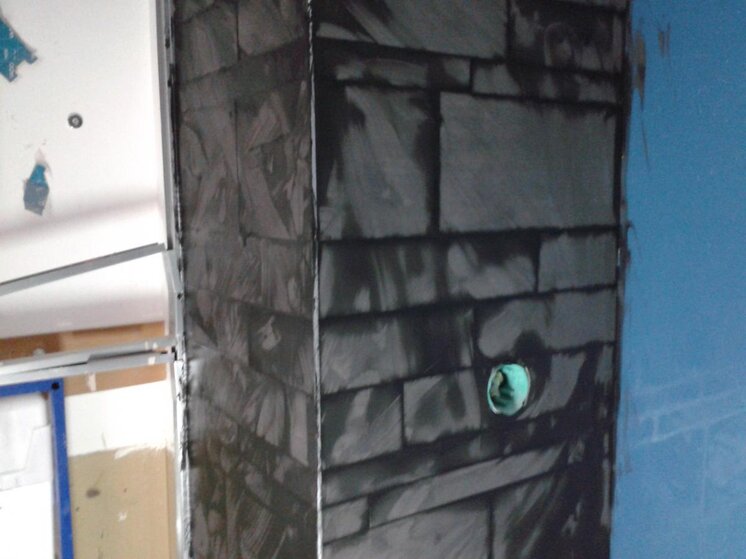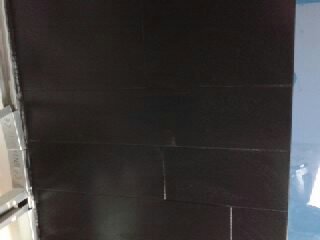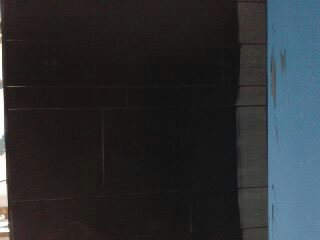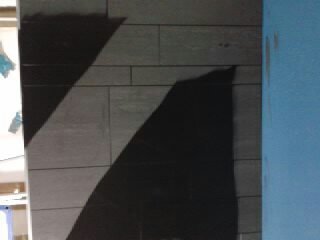This is on sticky threads posted by Dave,hope this helps.
Efflorescence [FONT=Verdana, Arial, Helvetica, sans-serif]What causes a whitish residue on grout?[/FONT]
Generally there are a few possible causes for white residue on coloured grout. When there is a whitish mineral residue on the grout, commonly this is caused by efflorescence. Similar to the white powder left in a drinking glass when a glass of water is left to evaporate, efflorescence is caused by minerals that are soluble in water being dissolved and transported to the surface of the grout as the water evaporates.
Typically, the minerals originate in the cement slab below the tile or in the ground below the slab.
Except in the rarest of cases, efflorescence does not occur from the small amount of minerals in water used to wash a floor. Nor when tile is installed with thinset (
tile adhesive), are there enough soluble salts in the thinset to cause efflorescence.
Occasionally, when tile is installed over a thick mortar bed, the mortar could provide a sufficient amount of soluble salts to cause efflorescence but only if moisture is regularly passing through the mortar bed.
The next question must be where is the water coming from? Similar to the glass of water analogy, it takes a lot of water to dissolve enough minerals to be noticeable. As previously stated, typical cleaning does not provide enough water to cause efflorescence. Even saturating the grout joints with water during periodic cleaning generally does not cause efflorescence.
In exterior installations over concrete, rain can cause efflorescence over time when other conditions are right - especially with poorly compacted or porous grout.
More commonly, there can be moisture in the ground below the slab that is always evaporating. Even when a vapour membrane is installed below the slab, penetrations in the membrane may allow sufficient moisture to cause efflorescence. This moisture, invisible to eye, is steadily traveling through the slab, the tile cement, and the grout. More efflorescence will be observed if the concrete and grout are more porous
How do you minimize efflorescence?
There are generally effective ways to minimize this problem before tiling and some less effective options after the tile is in place.
Before tiling, if regular vapour migration is detected, remedial steps should be considered before tiling. Alternatively, a vapour equalization membrane can be installed before the tile is installed. There are also companies that sell coatings claimed to reduce moisture migration - however, these may interfere with the ability of the tile cement to bond to the substrate and should only be used if both the manufacturer of the tile cement and the manufacturer of the coating will warranty the installation system.
After tiling, sealing the grout with a penetrating vapour permeable sealer may help retard the rate of evaporation. Note, some caution must be observed in selecting the sealer - topical sealer's (acrylic sealer's) which coat the grout joint and are not vapour permeable may turn white from reactions between the acrylic and moisture - this is not efflorescence. Rather this is similar to the whitish haze seen with floor wax when it is applied to a damp surface.








